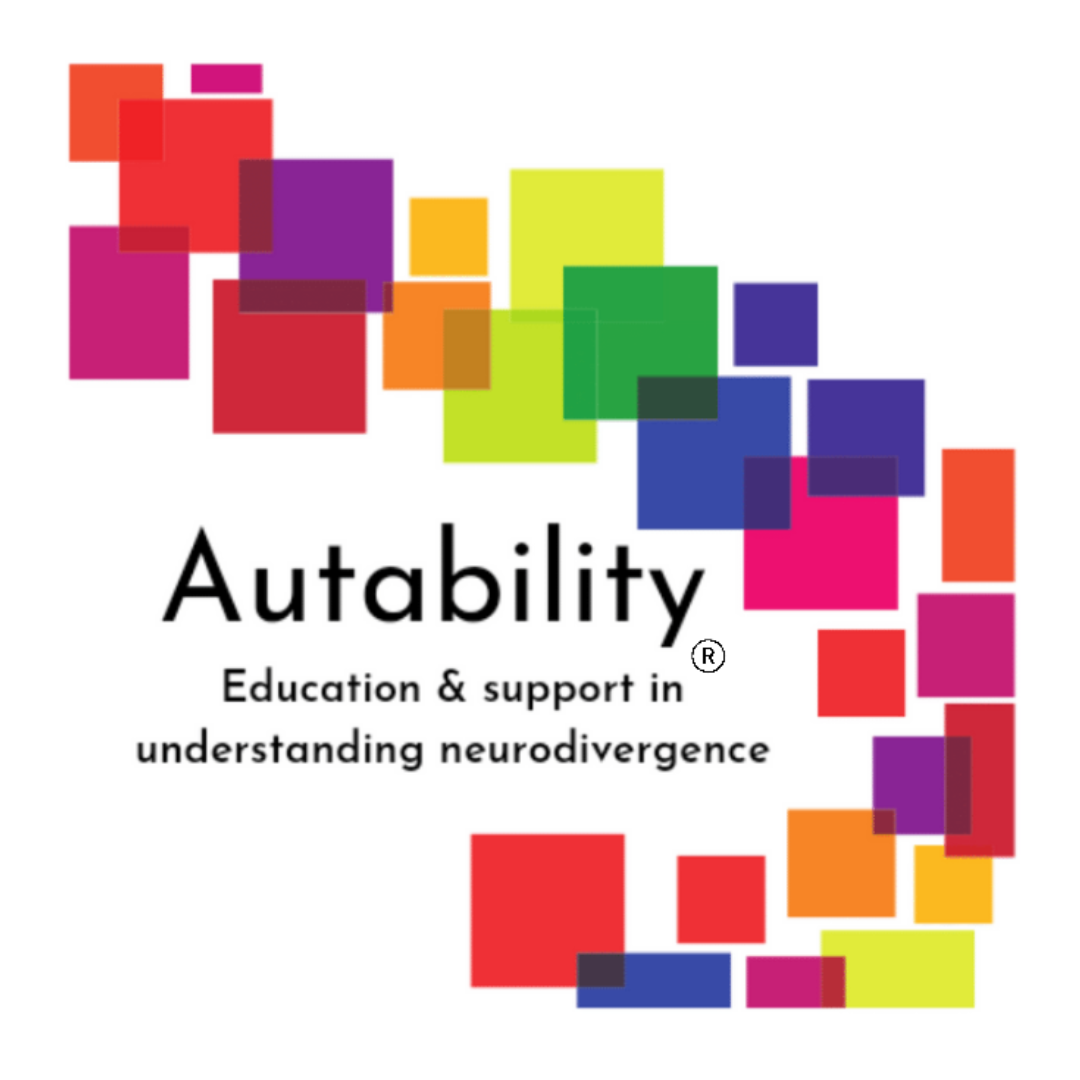Understanding Time Blindness in ADHD
- Autability

- Oct 9
- 2 min read
If you’re parenting a child with ADHD, you may have experienced this scenario more than once:
You remind them it’s time to leave for school, and they insist they have loads of time. Ten minutes later, they’ve got one sock on, are halfway through a new LEGO build, and the bus has already gone.
It’s not defiance. It’s not laziness.
It’s something called time blindness, and it’s one of the most misunderstood aspects of ADHD.
What is time blindness?
Time blindness is the brain’s difficulty with sensing, estimating, and managing time. It’s not that your child doesn’t care about being late, it’s that their brain struggles to hold time in mind when there isn’t a clear cue or structure around it.
Children (and adults) with ADHD often live in the “now” or “not now.” If something’s not happening right now, it can easily vanish from their awareness, no matter how important it is.
What it might look like
• They start getting ready, then lose track of time entirely.
• They insist they’ve only been on the tablet for 5 minutes — it’s actually been 45.
• They leave everything to the last minute, not because they’re disorganised, but because the deadline doesn’t “feel real” until it’s suddenly now.
And often, they are just as frustrated as you are.
Why “Just try harder” won’t help
Instructions like "You need to manage your time better” or “Just start earlier” don’t work if your brain struggles to process the passing of time in the first place. These children aren’t choosing to ignore time, they simply can’t feel it the way others do.
What can help your child
Instead of relying on internal time awareness, try building external structures around time. Things your child can see, hear, or feel that give them feedback about time passing.
Try things like:
• Using visual timers or colourful clocks that show how much time is left.
• Linking time to specific events: “After breakfast, it’s teeth brushing” instead of “You have 15 minutes.”
• Creating a visual routine with clear time anchors. For example, a morning schedule with pictures and a timer.
• Break tasks into chunks: “Ten minutes of drawing, then we’ll get shoes on.”
Compassion, not correction
When time blindness leads to lateness, overwhelm or frustration, try to meet your child where they are. Remember: they’re not failing at something easy, they’re working incredibly hard to manage something that’s genuinely difficult for their brain.
The goal isn’t perfection. It’s understanding, support, and progress.
Because when we stop expecting neurodivergent children to behave like neurotypical ones, we finally start giving them the support they need to thrive.

.png)



Comments